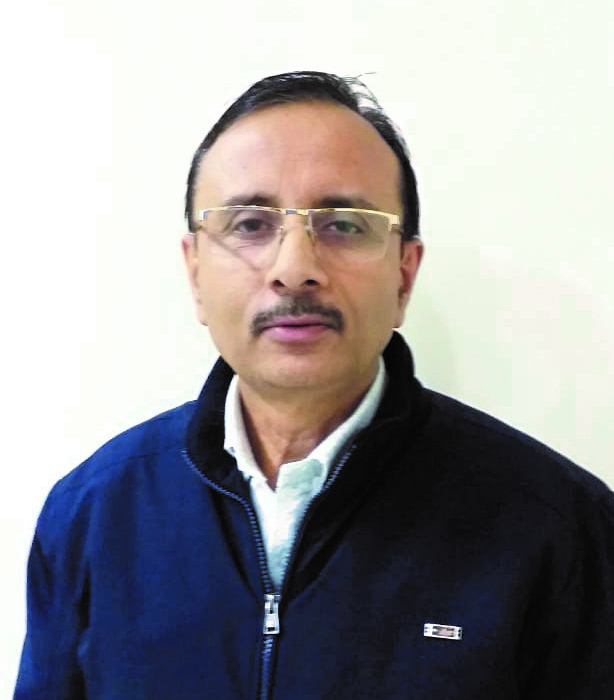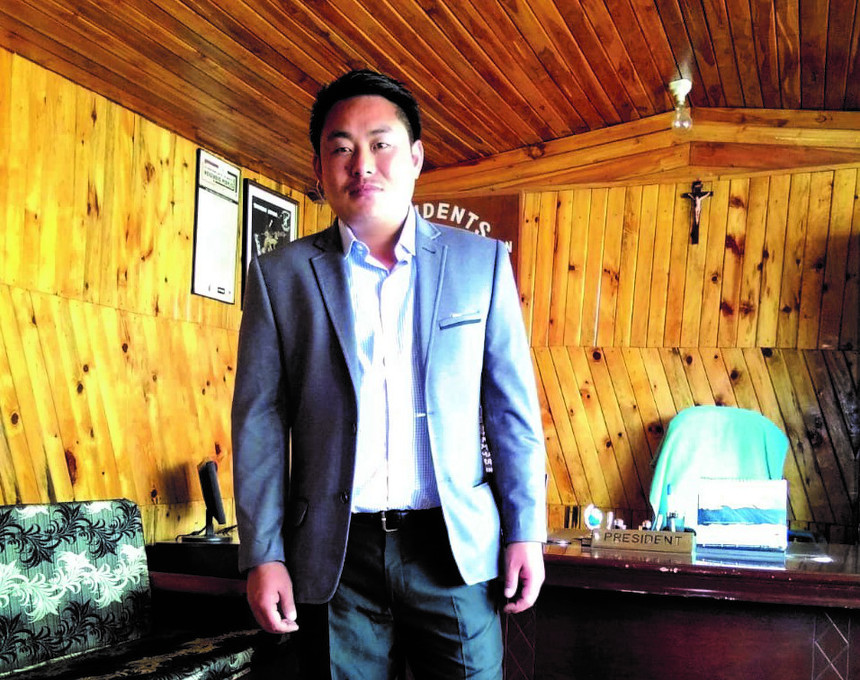Is online college admission easy for everyone?
Pritha Roy Choudhury | March 24, 2020 | 01:32 PM IST | 5 mins read

NEW DELHI: Every summer, during the university admissions, Chinglen Khumukcham gets very busy.
Based in Delhi, he is part of the NorthEast Forum for International Solidarity which works on rights issues in India’s north-eastern states. But he also helps large numbers of students from Manipur take admission in Delhi’s central universities. From registering online to making payments, his assistance is needed at every step of the process ever since Delhi University moved its entire admission process online in 2016.
The application process for central universities was made online at the University Grants Commission’s prompting. In December 2015, the higher education regulator issued a notification asking all universities to introduce an “online admission system” for all their programmes. The notification said it will “facilitate the students and parents to make informed choices” as it will “not only ensure greater efficiency but also promote transparency in the functioning of the institution”.
Few universities were as quick to implement as DU and most institutions Careers360 spoke to had initiated it only in 2018-19.
The intervention itself has had mixed results. It has definitely eased the administrative burden on the institutions and cut down on travel for students applying outside their own states. However, the policy also presupposes a degree of access to and ease with the internet that large sections of students still don’t have. For students in rural areas and remote parts of the northeastern states, it has also meant added spending on cyber cafes, admission forms full of errors and having to travel to district headquarters to follow up on applications.
“I came across many students who went to cyber cafes, took help from the staff there to fill forms and then had issues because the staff made mistakes,” said Khumukcham. “There are password-related issues that the students face ones they come to Delhi or go elsewhere after completing the initial part of the procedure at their native place.”
No data is publicly available on the number of universities that conduct the registration process online now and the UGC did not share any either.
‘Smooth transition’
Teachers prefer the online process to the offline one in which students visited the institutions and filled in physical forms. “Online application and admission is far better,” said Sanjib Kar, head, Department of Agricultural Chemistry and Soil Science at Calcutta University. “When a student fills up an online application form, he can easily choose a number of subjects or programs in which he aspires to seek admission.” Plus, students don’t have to hop from college to college and human errors can be minimised.
At the Central University of Tamil Nadu, the transition was “smooth”, said the Vice-Chancellor, AP Dash. “This year we got students from 23 states and they did not have to come to Tamil Nadu just to fill up the forms and then come again for admission.”
 L Boral
L Boral
Tezpur University, a central institution in Tezpur, Assam, was one of the first universities in the north-eastern region to offer online application and admission. “We had started one year before the UGC notification came,” says L Boral, the university’s controller of examinations. Justifying the move, he adds, “We had come up with it because it brings in transparency and is convenient for the students too”.
But the North-Eastern Hill University in Shillong, Meghalaya, moved it fully online only in 2019. Tellingly, its reason for the delay in implementation was the poor internet connectivity in the region, said D Siem, head, Department of Biochemistry at NEHU. “I will say, when it comes to education, students even from the remote areas who are interested make the effort to find a way out,” he said.
Both NEHU and Tezpur University have large numbers of students from the remote parts of their states as well as from other states in the region.
Several hurdles
They have been saved at least one trip to the location of the university where they are applying but students from rural areas and poor families still face many hurdles, said several student leaders. They believe the admission process should be both online and offline.
“Students in rural areas suffer because of the unavailability of the internet, but I will say it is also the poor that suffer,” said Khumukcham. Filling forms is expensive for everyone. “Internet cafés are there, but a student has to pay a lot of money because very few homes have computers and access to the internet,” said Liremo Kekon, general secretary, Nagaland Students’ Federation.
 Liremo Kekon
Liremo Kekon
Students feel that before issuing its direction, the UGC should have arranged for free internet access points. Students pay hefty amounts on multiple visits to internet cafés and, in addition to paying for the use of computers, they are also charged for the assistance they receive from the staff. “Free internet access points from the government would have made things much easier,” said Kekon. “A student has to visit the internet café several times to get the final thing done. In my district, Wokha, there are a lot of problems.” Internet connectivity is not guaranteed. The network may fail multiple times during the filling of forms and applicants have to start all over again – and pay again – each time it happens.
Tengsak, president of the Garo Students’ Association, agreed: “Visiting a cyber café multiple times is irritating. Government should keep a separate amount reserved for this.”
The National Testing Agency, or NTA, already has “Test Practice Centres” for engineering and medicine aspirants who write the Joint Entrance Examination (JEE) or National Eligibility-cumEntrant Test (NEET). From August 2019, they are also being used to fill up application forms for the exams for free.
Using the internet
Even university administrations are aware that students struggle with filling applications. Some have designated staff to help out. “Students do have complaints but we also have persons attending to their complaints,” said Boral of Tezpur University. “We are constantly guiding them over the phone, so that they complete the submission in time.”
Nenavath Sreenu, who teaches at Indira Gandhi National Tribal University, Amarkantak, Madhya Pradesh, supported the students’ demand for free, government-supported centres. “Students coming to the internet cafés are being charged very high rates,” he said. “They should install some free internet facility. Otherwise, it is challenging for people from rural areas”.
Travel has not been fully eliminated from the process either. “I will still say it is a problem in terms of reach and approach. Travelling to the district headquarters to access the internet is indeed a big problem,” said Siem. “I won’t say that the process is easy. It should be simplified.”
Also read:
- Coronavirus (COVID-19) Outbreak: Latest Updates
- Women’s Day: How many young Indian women work and where?
Write to us at news@careers360.com.
Follow us for the latest education news on colleges and universities, admission, courses, exams, research, education policies, study abroad and more..
To get in touch, write to us at news@careers360.com.